The 120 Days of Sodom or: The Romance of The School for Libertinage | Being an English rendering of Les 120 Journées de Sodome done by Pieralessandro Casavini, with an Essay by Georges Bataille, D.A.F. de Sade, trans. Pieralessandro Casavini [Austryn Wainhouse] (Olympia Press, Paris, 1957, Traveller’s Companion Series)
7″ X 4.5″, 3 vol. 192pp 203pp 224pp, original green soft wraps, good condition for age, some bumping and small tears to spine, slight soiling.
The 120 Days of Sodom, or the School of Libertinage (French: Les 120 Journées de Sodome ou l’école du libertinage) is an unfinished novel by the French writer and nobleman Donatien Alphonse François, Marquis de Sade, written in 1785. Its plot revolves around the activities of four wealthy libertine men who spend four months seeking out the ultimate sexual gratification through orgies, sealing themselves away in an inaccessible castle in the heart of the Black Forest in Germany with four madams and a harem of thirty-six victims, mostly male and female teenagers. The madams relate stories of their most memorable clients, whose crimes and tortures inspire the libertines to likewise and increasingly abuse and torture their victims to their eventual deaths.
Sade states he wrote The 120 Days of Sodom over 37 days in 1785 while he was imprisoned in the Bastille. Being short of writing materials and fearing confiscation, he wrote it in tiny writing on a continuous roll of paper, made up of individual small pieces of paper smuggled into the prison and glued together. The result was a scroll 12 metres long that Sade would hide by rolling it tightly and placing it inside his cell wall. Sade incited a riot among the people gathered outside when he shouted to them that the guards were murdering inmates; as a result, two days later on 4 July 1789, he was transferred to the asylum at Charenton, “naked as a worm” and unable to retrieve the novel in progress. Sade believed the work was destroyed when the Bastille was stormed and looted on 14 July 1789, at the beginning of the French Revolution. He was distraught over its loss and wrote that he “wept tears of blood” in his grief.
However, the long scroll of paper on which it was written was found hidden in the walls of his cell where Sade had left it, and removed by a citizen named Arnoux de Saint-Maximin two days before the storming. Historians know little about Saint-Maximin or why he took the manuscript. It was first discovered and published in 1904 by the Berlin dermatologist, psychiatrist, and sexologist Iwan Bloch (who used a pseudonym, “Dr. Eugen Dühren”, to avoid controversy).
Olympia Press was a Paris-based publisher, launched in 1953 by Maurice Girodias as a rebranded version of the Obelisk Press he inherited from his father Jack Kahane. It published a mix of erotic fiction and avant-garde literary fiction, and is best known for issuing the first printed edition of Vladimir Nabokov’s Lolita.
In its heyday during the mid-fifties Olympia Press specialized in books which could not be published (without legal action) in the English-speaking world. Early on, Girodias relied on the permissive attitudes of the French to publish sexually explicit books in both French and English. The French began to ban and seize the press’s book in the late fifties.
Precisely 94 Olympia Press publications were promoted and packaged as “Traveller’s Companion” books, usually with simple text-only covers, and each book in the series was numbered. The “Ophelia Press” line of erotica was far larger, using the same design, but pink covers instead of green.
In Olympia Press was the first to translate this work into English. “120 Days of Sodom” was first published 1954 (pink covers), and then again in their “Traveller’s Companion Series” in 1957 which is this edition.


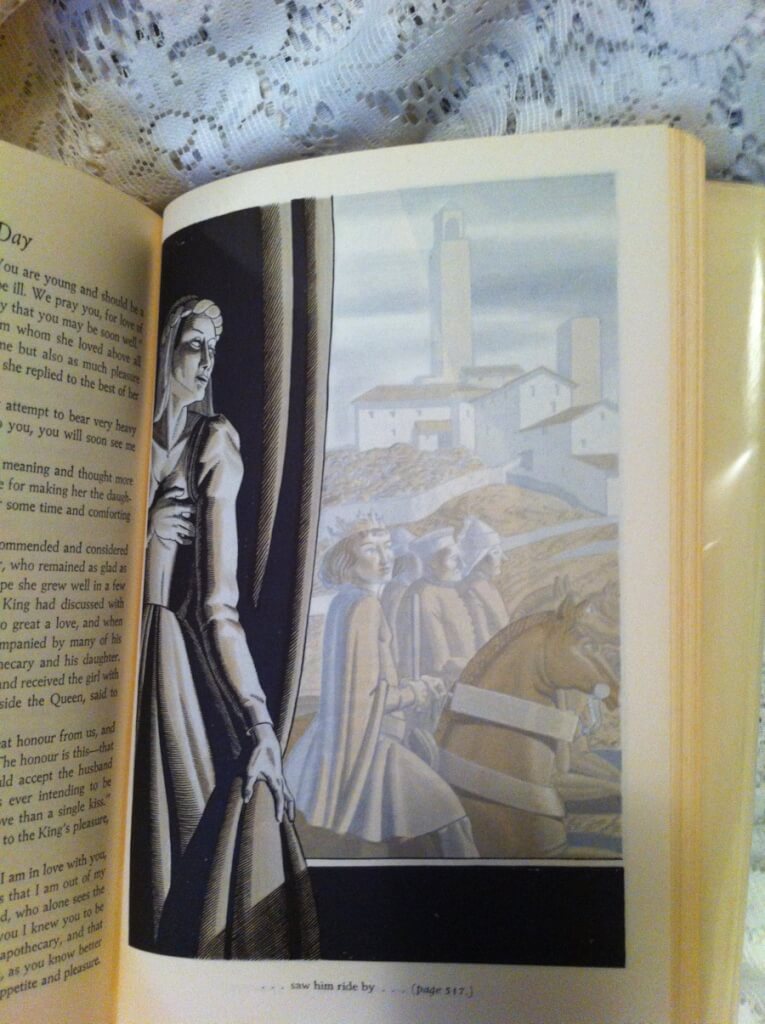
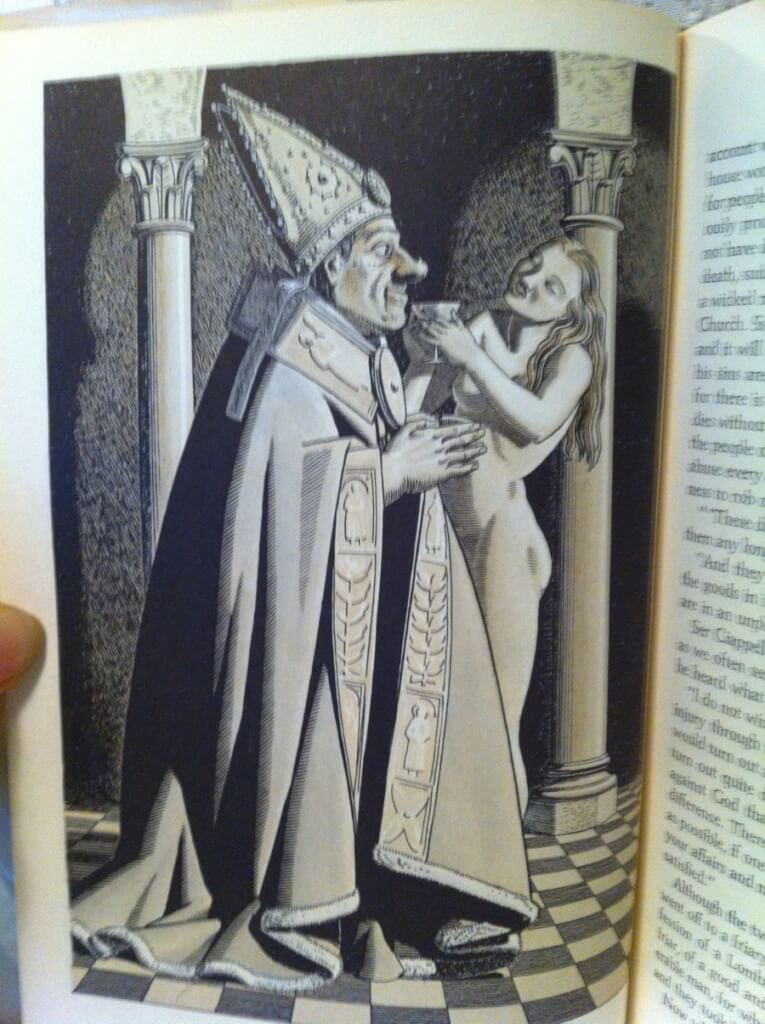

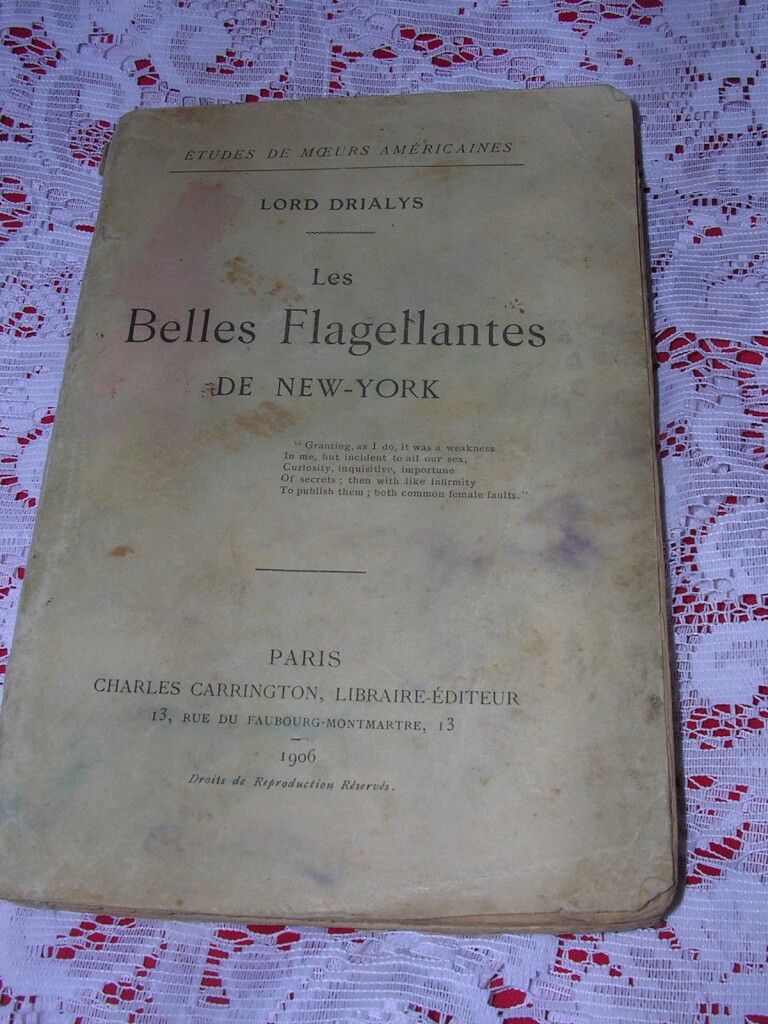

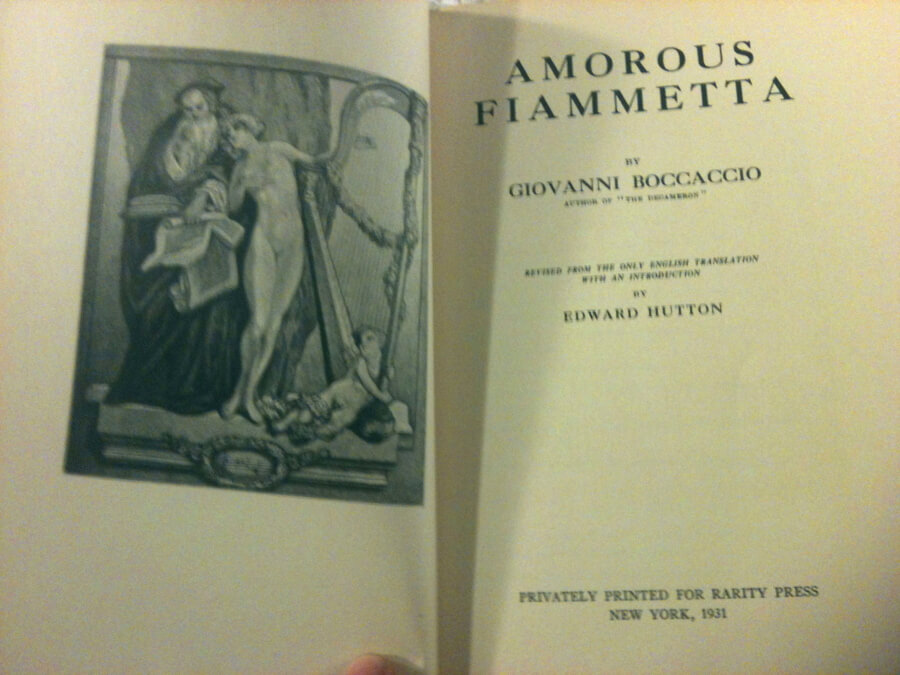
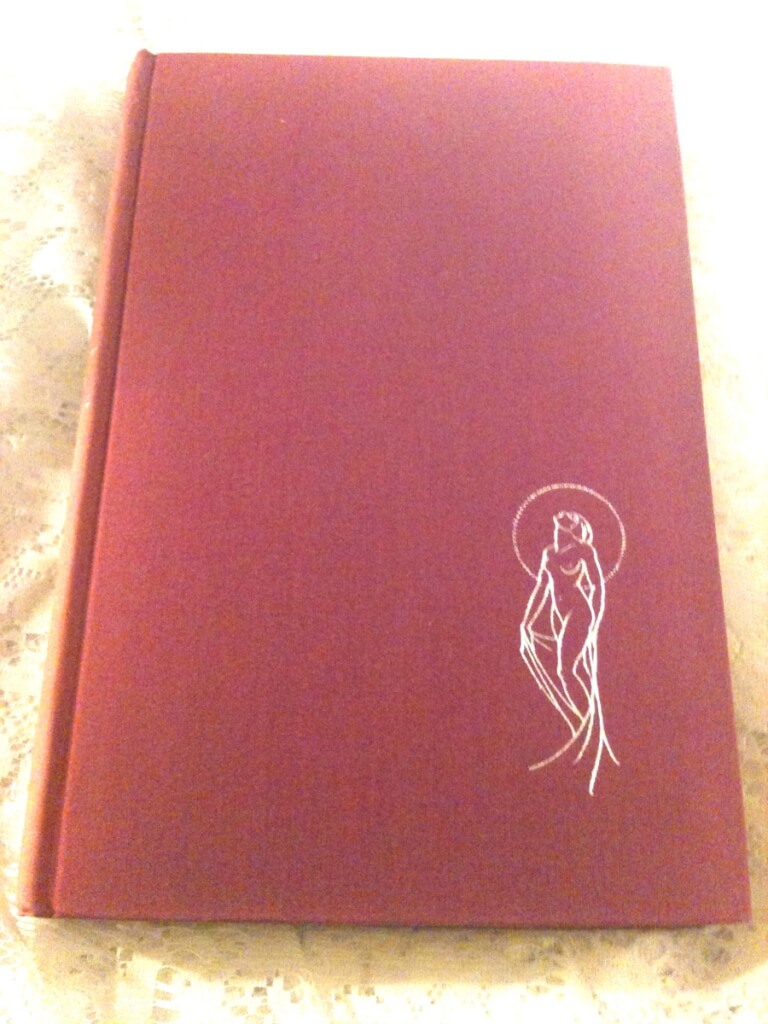
Reviews
There are no reviews yet.